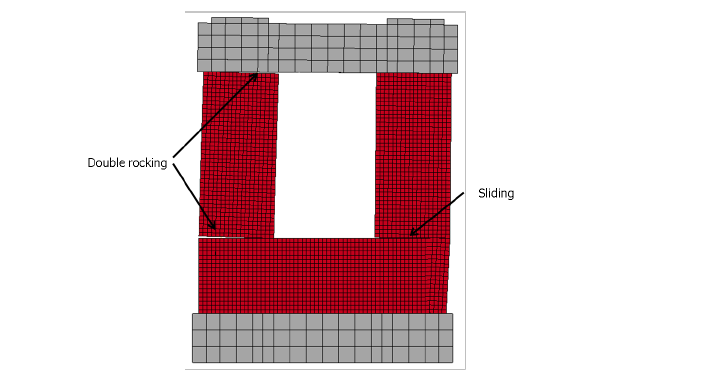1 Associate Professor, Civil, Arch. and Environmental Eng. Dept., Missouri University S&T, 1401 N Pine St., Rolla, MO 65401. e-mail: elgawadym@mst.edu
2 Graduate Research Assistant University of Tokyo, Former student Dept. of Civil and Environmental Engineering, Tokyo Institute of Technology, Tokyo, Japan
3 Associate Professor, Dept. of Civil and Environmental Engineering, Tokyo Institute of Technology, Tokyo, Japan
ABSTRACT
In-plane behavior of unbonded post-tensioned clay brick masonry walls are investigated using detailed finite element (FE) models. Masonry is modeled as a homogenous isotropic material, the post-tensioning tendons are modeled using Hughes-Liu beam element. The material model is first calibrated using small scale prism tests available in the literature. Then, the finite element model is used to predict the cyclic behaviour of nearly full scale two post-tensioned masonry walls. The model correctly predicts the strength, stiffness, and stiffness degradation of the test specimens. The model is able to capture the rocking response of the specimens as well as the damage to the toes. The difference between the predicted and measured ultimate strength is within 7%. Furthermore, the model is able to correctly predict the variation in the post-tensioning force during the test.
KEYWORDS: finite element model, post-tensioning, shear walls, rocking
319.pdf



